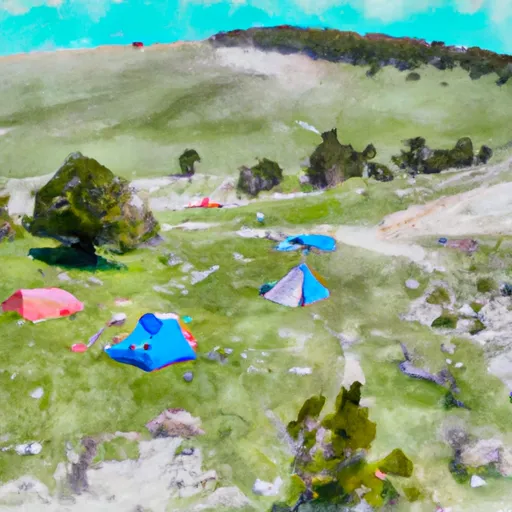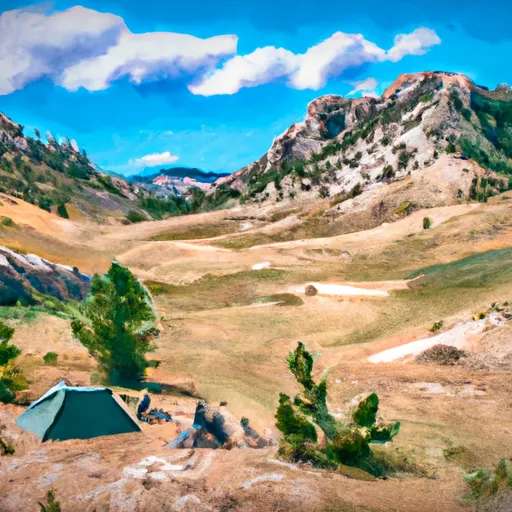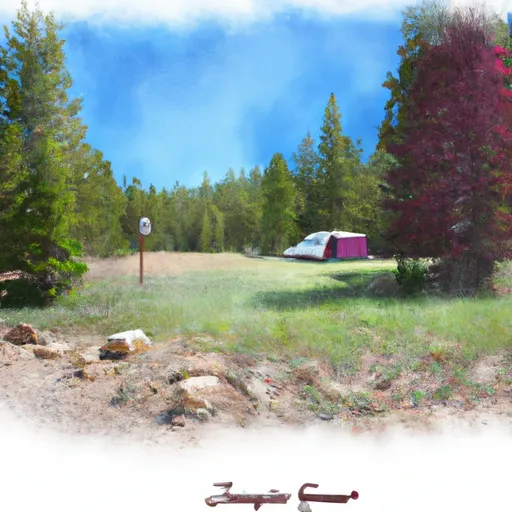Summary
With an elevation of 13,775 feet (4,199 meters), it stands as the highest peak in the range. The mountain boasts a commanding presence with its vertical rise of over 7,000 feet (2,134 meters) from the valley floor, making it a challenging yet alluring destination for mountaineers.
During the winter season, Grand Teton's snowpack varies significantly. It receives an average snowfall of 200-400 inches (508-1,016 cm) annually, resulting in a substantial snowpack. This heavy accumulation creates excellent conditions for winter mountaineering and skiing in the area. The mountain's terrain and steep slopes make it a popular destination for experienced winter adventurers seeking thrilling challenges.
Grand Teton is surrounded by several creeks and rivers that receive runoff from its melting snowpack. The most notable waterways include the Snake River, Gros Ventre River, and Leigh Creek. These water sources play a crucial role in the ecosystem, supporting diverse wildlife and vegetation in the region.
The origin of the name "Grand Teton" is rooted in Native American history and legends. French trappers named the mountain after "les trois tétons" (the three breasts) due to its distinctive triple-summited peak. The mountain holds cultural significance for the Shoshone-Bannock tribes, who believe it to be a sacred place and the home of the Sun Dance Spirit. Today, Grand Teton National Park preserves the mountain and its surrounding natural beauty, offering opportunities for mountaineering, hiking, and wildlife viewing.
Weather Forecast
Regional Streamflow Levels
3
Cubic Feet Per Second
372
Cubic Feet Per Second
356
Cubic Feet Per Second
230
Cubic Feet Per Second
Area Campgrounds
| Location | Reservations | Toilets |
|---|---|---|
 Moraines
Moraines
|
||
 Corbett High Camp
Corbett High Camp
|
||
 Lower Saddle
Lower Saddle
|
||
 Caves
Caves
|
||
 Garnet Meadows
Garnet Meadows
|
||
 Platform Campsites
Platform Campsites
|
